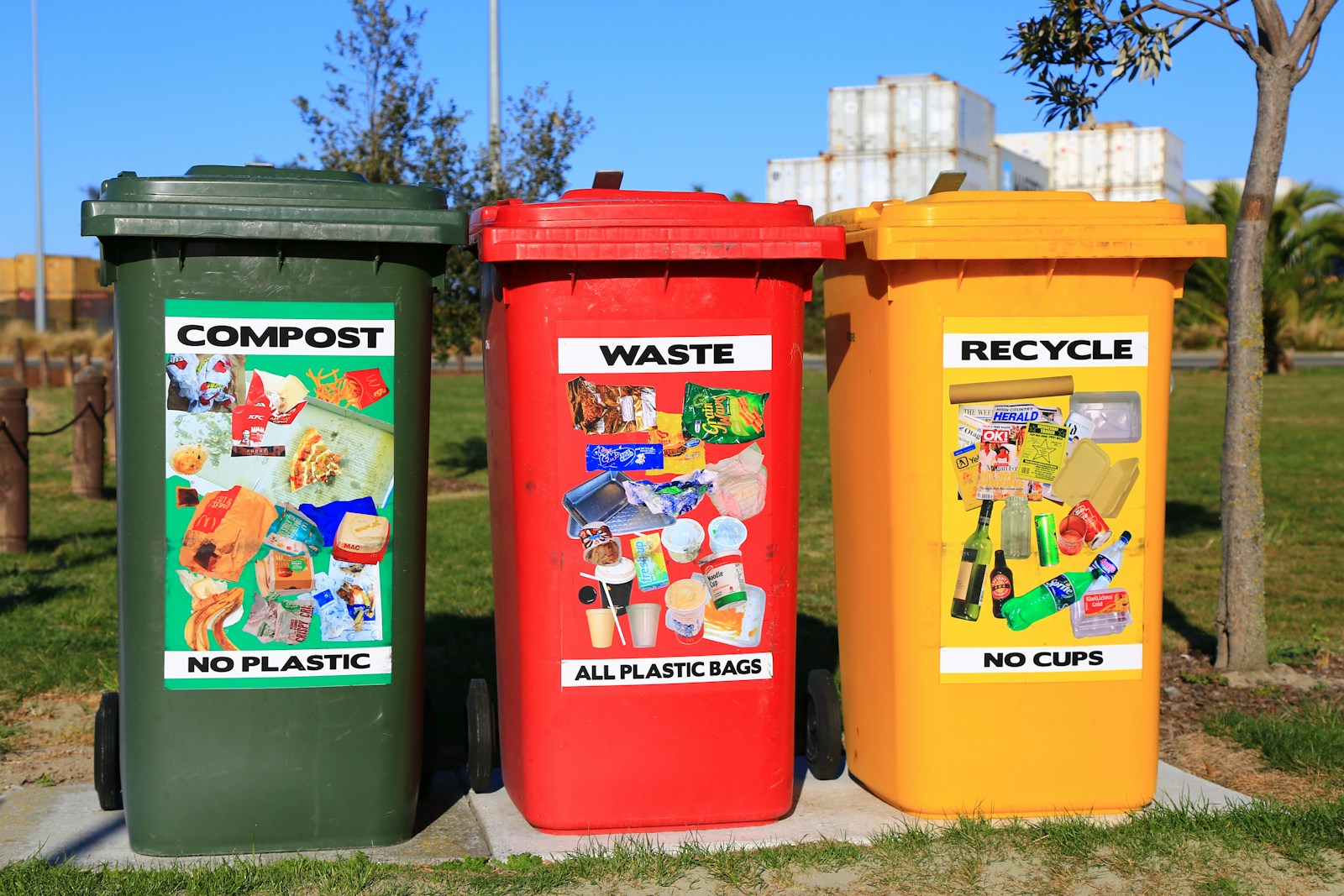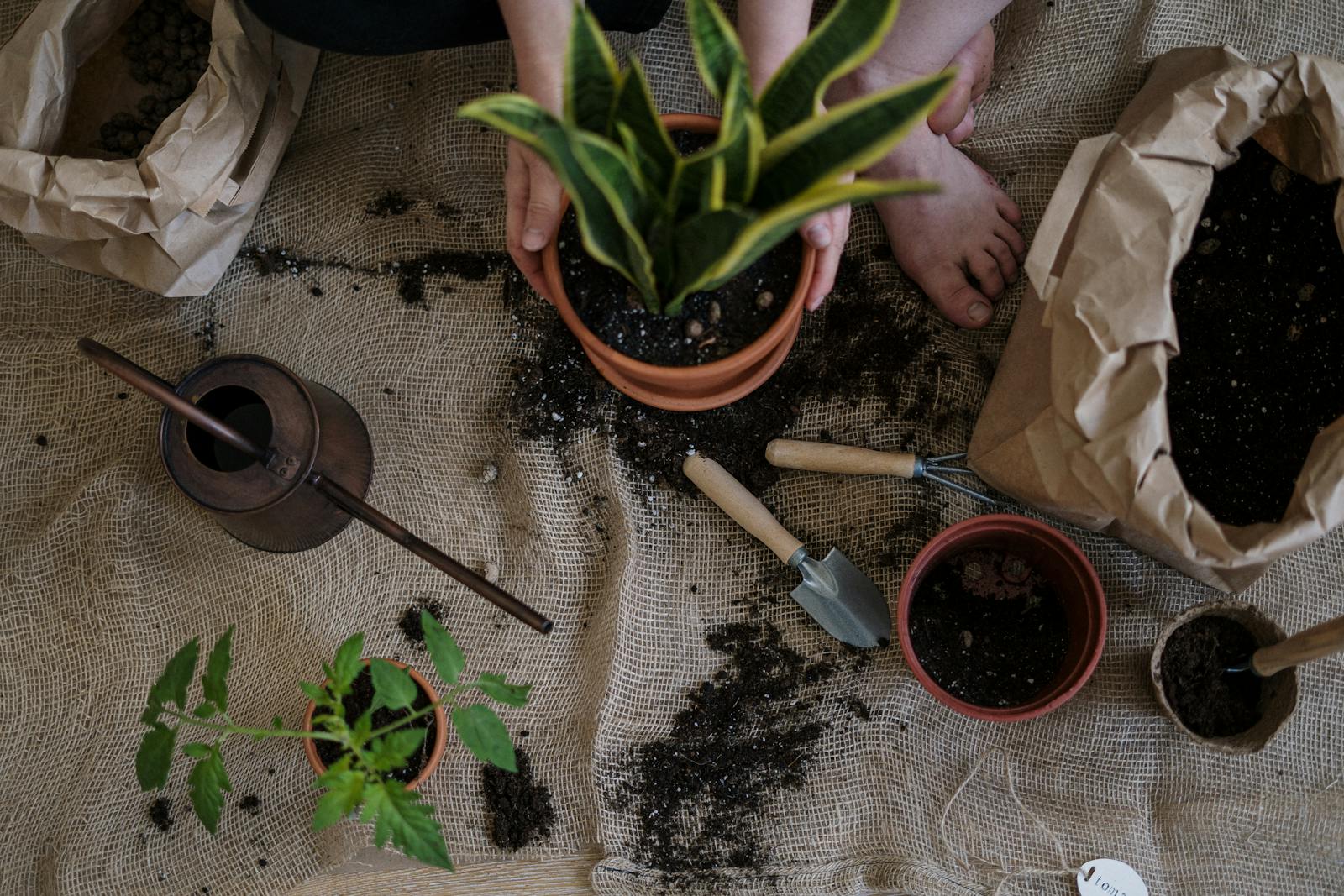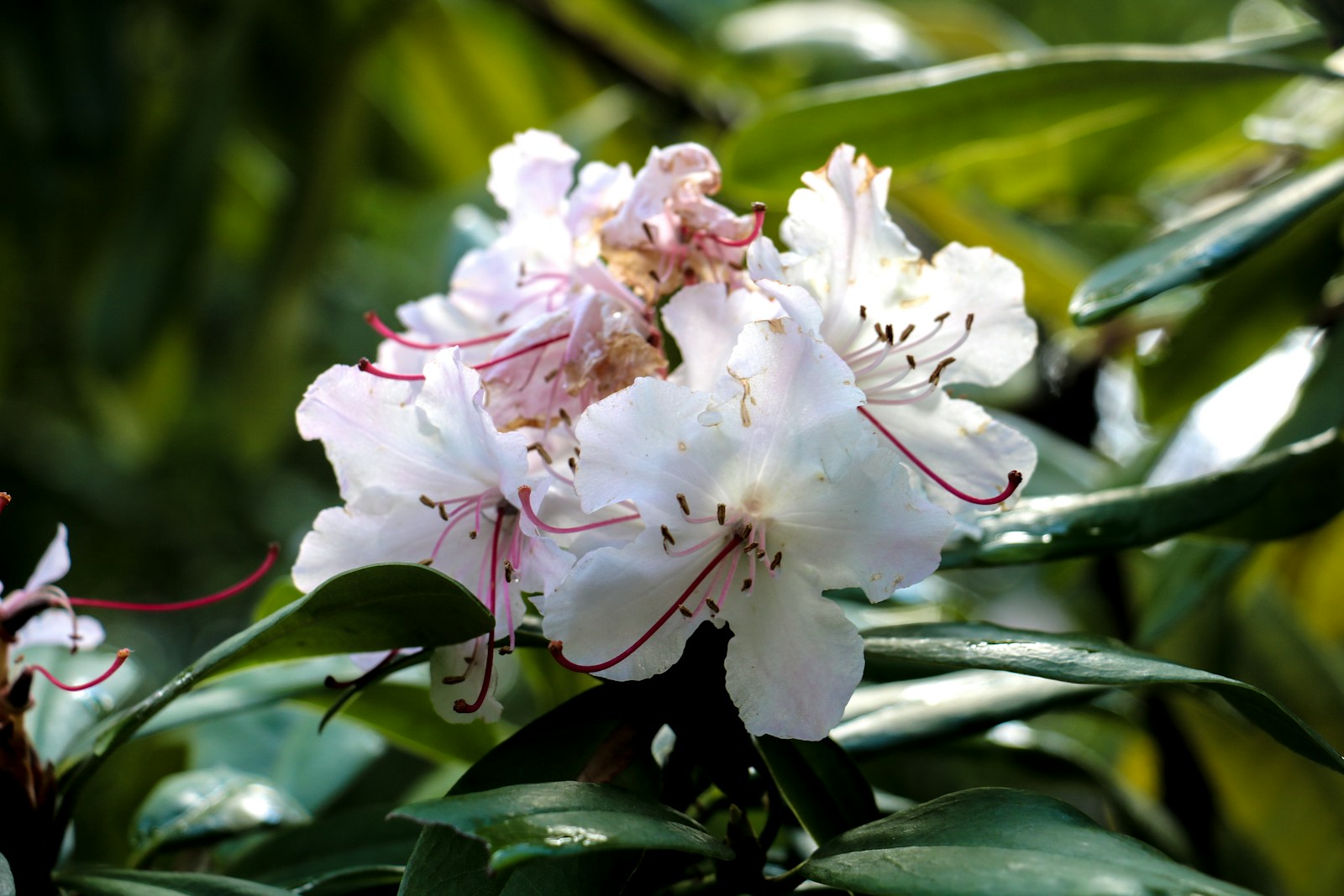Creating a Zero-Waste Garden That Gives Back to Nature
What Is a Zero-Waste Garden?
A zero-waste garden is designed to minimize environmental impact by reusing resources, eliminating unnecessary waste, and returning nutrients to the earth. It embraces principles like composting, reusing materials, and choosing plants and tools that support long-term sustainability.
This approach focuses on reducing what goes to landfills and increasing what nourishes the soil and ecosystem. A true zero-waste garden mimics natural cycles—where nothing is wasted, and every input has a valuable, regenerative purpose in the garden’s life cycle.
Composting: Nature’s Way of Recycling
At the heart of every zero-waste garden is composting. Kitchen scraps, yard waste, coffee grounds, shredded paper, and leaves all become rich, living soil when composted. This not only reduces landfill contributions but also feeds plants with nutrient-dense organic matter.
Use a compost bin, tumbler, or pile—just ensure proper balance between greens (nitrogen) and browns (carbon), along with good airflow and moisture. Finished compost improves soil texture, retains water, and boosts microbial life, eliminating the need for synthetic fertilizers.
Mulching for Soil Health and Waste Reduction
Mulching recycles garden and yard waste into a powerful tool for soil health. Grass clippings, chopped leaves, bark, and straw serve as protective blankets that suppress weeds, retain moisture, and moderate temperature swings.
By using mulch made from your own garden trimmings, you keep organic materials out of the landfill and return nutrients directly to your soil. Mulching also encourages earthworms and other beneficial organisms, making it a foundational zero-waste garden practice.
Upcycling and Reusing Materials
Before throwing anything away, consider how it might serve a second life in your garden. Broken pots can edge a bed, pallets become raised beds, and glass jars turn into mini greenhouses or lanterns. Bricks, tiles, and fencing scraps make excellent pathways or trellises.
Embracing upcycling reduces the need to buy new materials and gives character to your space. It also keeps waste out of landfills while creatively enhancing the garden’s aesthetic and functionality.
Collecting and Using Rainwater
Harvesting rainwater supports a zero-waste garden by reducing reliance on treated tap water. Install rain barrels or cisterns at downspouts to capture runoff during storms. Use collected water for irrigation, cleaning tools, or topping off birdbaths and ponds.
This not only conserves resources but also helps manage stormwater and reduce runoff pollution. Combined with drip irrigation or soaker hoses, rainwater becomes a free, sustainable solution for keeping your garden thriving with minimal environmental cost.
Growing Your Own Food to Reduce Packaging Waste
One of the most rewarding aspects of a zero-waste garden is growing your own fruits, vegetables, and herbs. Homegrown produce eliminates the need for plastic packaging, reduces transportation emissions, and ensures you’re eating seasonal, chemical-free food.
Even small spaces can support high-yield crops like salad greens, tomatoes, or strawberries in containers or raised beds. Companion planting and succession sowing maximize space and harvests. Every homegrown meal means fewer trips to the store and less reliance on processed, packaged goods—directly supporting your waste-free goals.
Saving Seeds for Future Seasons
Saving seeds is a key part of closing the loop in a zero-waste garden. Instead of buying new seed packets every year, you can harvest seeds from your healthiest plants and store them for the next season. This preserves plant genetics, saves money, and ensures ongoing biodiversity in your garden.
Dry and label seeds properly before storing them in a cool, dark place. Start with open-pollinated or heirloom varieties for best results. Sharing saved seeds with friends or local seed swaps builds community and spreads sustainable gardening practices.
Avoiding Synthetic Chemicals and Plastic Products
Reducing synthetic inputs supports a healthier garden and environment. Avoid chemical fertilizers, herbicides, and pesticides, which harm soil life and contribute to water pollution. Instead, use compost tea, natural pest deterrents like neem oil, or interplanting for pest control.
Minimize plastic use by choosing biodegradable pots, wooden stakes, and metal or ceramic tools. Opt for quality tools that last, rather than disposable items. Every plastic-free choice helps move your garden toward a more natural, waste-free approach.
Creating Wildlife Habitat and Biodiversity
In a true zero-waste garden, every element serves multiple functions. Native plants provide food and shelter for pollinators and beneficial insects, while brush piles, water features, and birdhouses support birds, frogs, and bees.
Let some areas remain wild or untouched to foster a natural habitat. A diverse, biodiverse garden helps regulate pests, pollinate crops, and enrich the ecosystem. By welcoming wildlife, your garden becomes a small-scale sanctuary that mimics and sustains nature’s balance.
Sharing, Swapping, and Donating Extras
A zero-waste garden often yields abundance—extra plants, produce, tools, and seeds. Share seedlings with neighbors, trade harvests at community gardens, or donate surplus to local food banks or shelters. These acts reduce food waste and strengthen community ties.
Plant swaps, seed libraries, and tool-sharing groups keep resources circulating and reduce the demand for new goods. A garden is more than a personal project—it can be a communal source of joy and sustainability when shared with others.
Using Natural Pest Control Methods
In a zero-waste garden, controlling pests doesn’t rely on synthetic chemicals. Instead, choose natural solutions that preserve the health of your soil, plants, and wildlife. Companion planting—like marigolds near tomatoes—can repel common pests. Introducing beneficial insects like ladybugs, lacewings, or praying mantises helps manage aphids and caterpillars naturally.
You can also use homemade sprays made from garlic, chili, or neem oil for targeted pest issues. Encouraging a balanced ecosystem ensures that pests stay in check and your garden thrives without harmful runoff or waste.
Harvesting Rain and Greywater Efficiently
Going beyond rain barrels, consider greywater systems that reuse gently used household water from sinks or laundry. With proper filtration and routing, greywater can irrigate ornamental plants or lawns, reducing pressure on local water systems.
Combining rainwater and greywater supports a zero-waste garden by repurposing every drop. Ensure that greywater-safe soaps are used, and follow local regulations for installation. This closed-loop system turns household byproducts into valuable resources for your sustainable garden.
Zero-Waste Garden Tools and Materials
Investing in long-lasting, sustainably made garden tools reduces waste over time. Opt for stainless steel or wooden-handled tools, which can be sharpened or repaired rather than replaced. Look for garden products made from recycled or biodegradable materials, like coir pots or bamboo labels.
Buy in bulk to avoid plastic packaging or choose local, unpackaged goods when available. Maintain your tools regularly to extend their life. Thoughtful purchasing keeps waste to a minimum and supports a cleaner, greener gardening routine.
Encouraging Community Composting and Reuse
Not everyone has space for a home compost bin—but community composting initiatives can fill the gap. Encourage local programs where neighbors collect food scraps for a shared compost system. These hubs reduce landfill waste and provide rich compost for everyone involved.
Similarly, reuse centers or garden tool libraries offer sustainable alternatives to individual ownership. A zero-waste garden thrives when gardeners share resources, knowledge, and support in collective efforts that benefit entire neighborhoods.
Creating a Closed-Loop Garden System
A closed-loop system is the ultimate goal of a zero-waste garden. It means your garden feeds itself through compost, captures its own water, supports pollinators, and reuses materials continuously. Nothing is wasted—every element has a purpose and place within the cycle.
Start small, from composting kitchen scraps to using harvested rainwater. Over time, integrate more systems that connect and support each other. A closed-loop garden is not only efficient and sustainable—it’s a model for how humans and nature can coexist in harmony.
Frequently Asked Questions
What is the first step to starting a zero-waste garden?
The first step is to assess your current garden practices and identify areas where waste can be reduced or reused. Start small by beginning a compost pile or bin to recycle kitchen and yard scraps. Next, replace single-use plastics with reusable or biodegradable options, and consider harvesting rainwater for irrigation. Focus on organic methods and choose plants suited to your local climate. A zero-waste garden evolves over time—each sustainable choice builds toward a more regenerative, waste-free landscape.
Can I maintain a zero-waste garden in a small space?
Absolutely. A zero-waste garden is possible on balconies, patios, or even windowsills. Use containers made from repurposed items and grow herbs or compact vegetables. Compost kitchen scraps with a worm bin or community program, and save rainwater in small barrels. Upcycle old jars or wood for garden accessories. By growing your own food, minimizing packaging, and reusing materials, you can practice zero-waste gardening in any size space while contributing to a healthier planet.
What should I avoid using in a zero-waste garden?
Avoid synthetic fertilizers, chemical pesticides, and single-use plastic products. These contribute to pollution, harm beneficial organisms, and disrupt the garden’s natural cycles. Also steer clear of peat-based composts, which are not renewable and damage wetlands. Instead, use local compost, organic amendments, and sustainable tools. The goal is to minimize outside inputs, maximize what you reuse, and ensure everything you use supports long-term ecological balance in your zero-waste garden.
How can I compost without attracting pests?
To compost safely and pest-free, use a closed bin with a secure lid. Avoid meat, dairy, and oily foods, which attract rodents. Balance green (wet) and brown (dry) materials, and mix regularly for aeration. Cover fresh food scraps with dry leaves or paper to minimize odors. Keep the pile moist but not soggy. Properly managed compost will break down efficiently and smell earthy—not rotten. These best practices help ensure your zero-waste garden composting is clean, efficient, and beneficial.
Do zero-waste gardens really help the environment?
Yes. Zero-waste gardens reduce landfill waste, conserve water, and eliminate harmful chemicals. Composting returns nutrients to the soil, rainwater harvesting cuts water usage, and using natural pest control supports biodiversity. These practices also reduce carbon emissions from food transport and plastic packaging. Beyond environmental benefits, zero-waste gardens educate and inspire others to adopt sustainable lifestyles. Whether big or small, every zero-waste garden contributes to a healthier, more resilient ecosystem.
© 2025 GardeningandDecor.com. All rights reserved.



